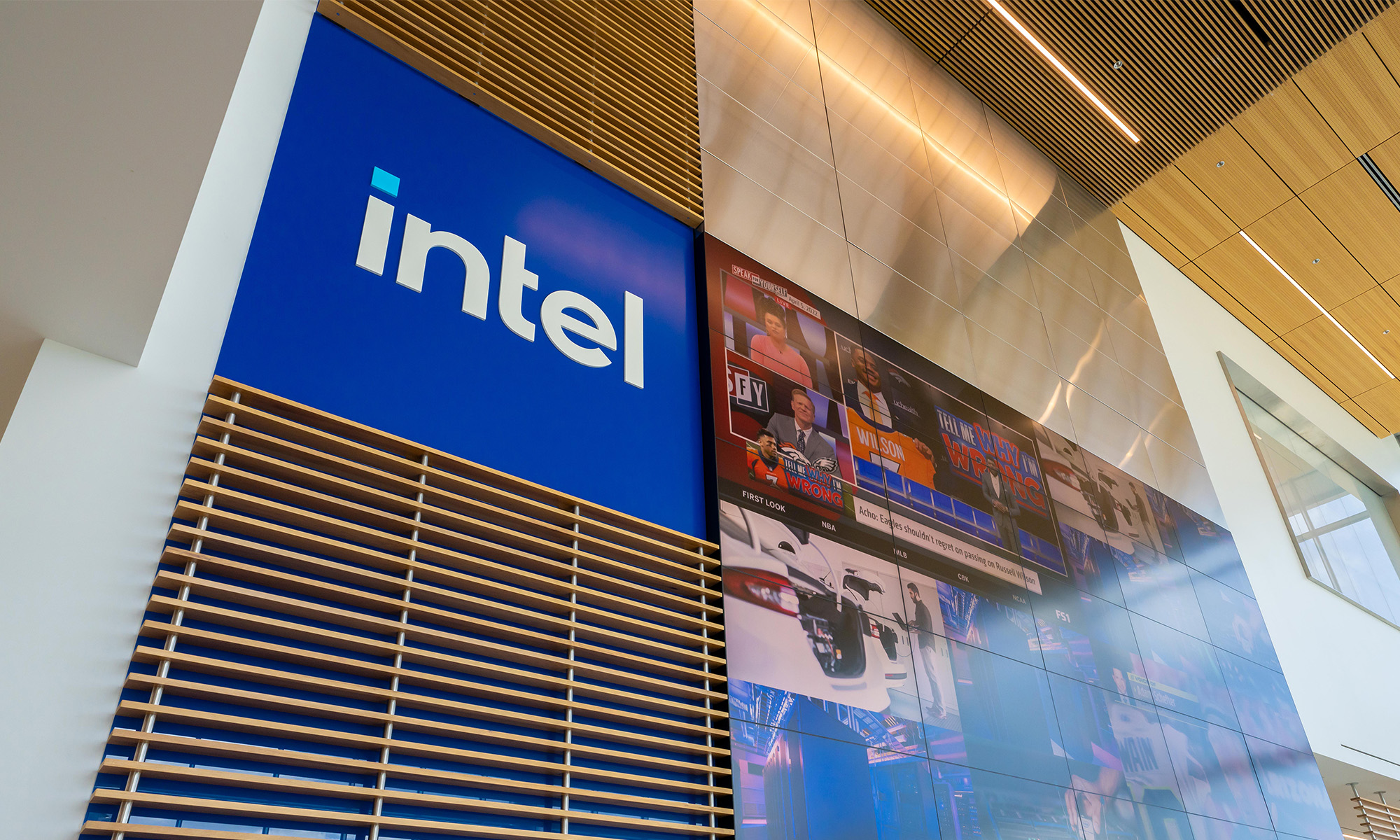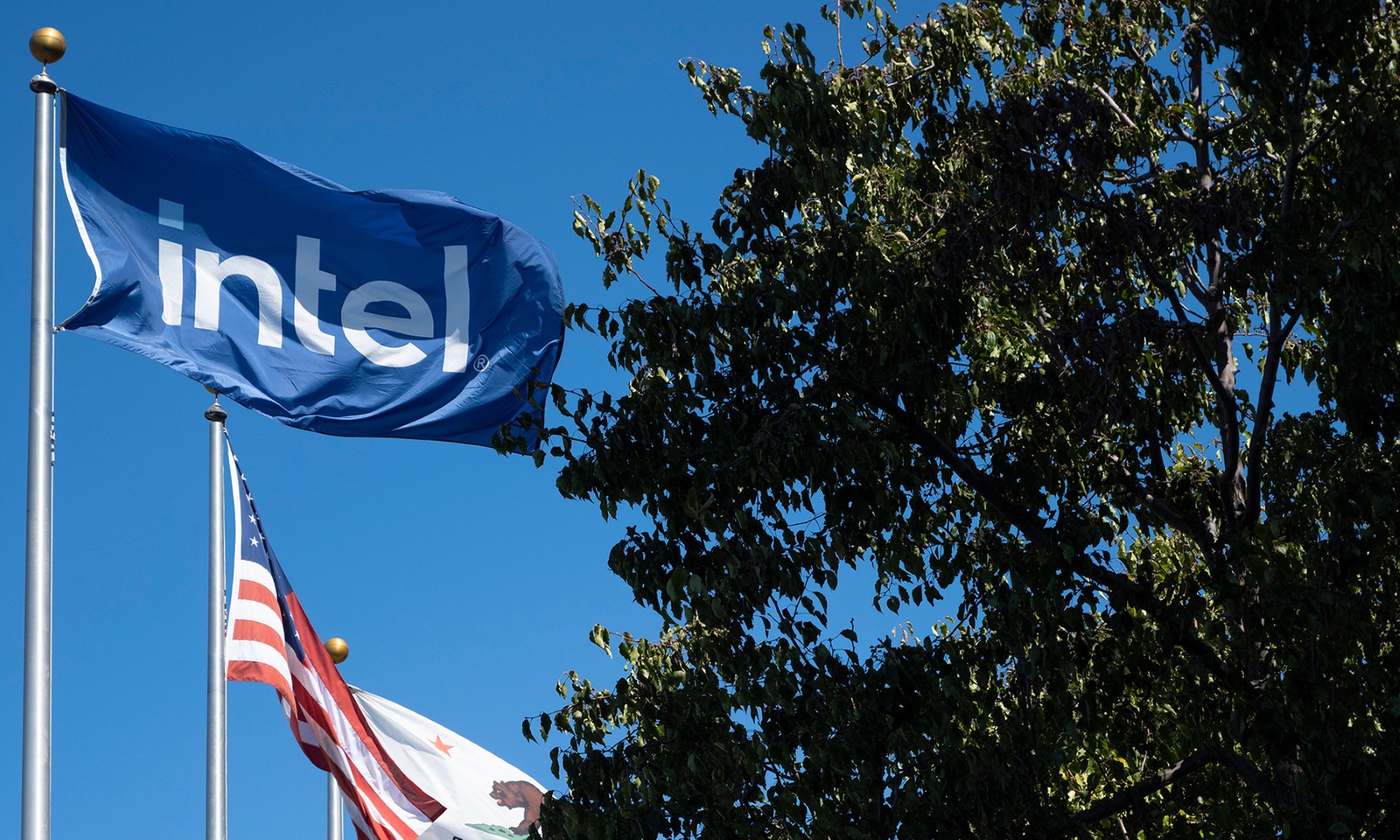In August, Intel (INTC 3.46%) is expected to release the first of what appears to be two waves of its eighth-generation Core processors (code-named Coffee Lake) for the desktop market.
The first wave is expected to consist of four- and six-core processors targeted specifically at the enthusiast/gaming market -- a market that Intel has repeatedly said is growing at a double-digit percentage rate.

Image source: Intel.
These Coffee Lake-S chips will work with motherboards that use a platform controller hub (PCH) chip branded Z370.
What's interesting is that after the initial wave of Z370-based motherboards come out, the company is reportedly planning to launch a second wave of PCH chips for the Coffee Lake-S platform coincident with the broader rollout of the processor family in the desktop personal computer market.
The Z370 chip, according to ASMedia president Lin Che-Wei (via DigiTimes), "will not natively support USB 3.1." This seems to corroborate the rumor that's been floating around that Z370 is basically a rebadged version of the Z270 with the "real" 300-series PCH chips (with additional features) coming in the first half of 2018.
Why is Intel planning to do this? Let's take a closer look.
The Coffee Lake pull-in
Intel had originally planned to launch the Coffee Lake desktop processors in the first quarter of next year, but it appears that competitive pressures in the enthusiast/gaming processor market are pushing Intel to try to refresh its offerings here as soon as practicable.
Transitioning from seventh-generation Core processors (Kaby Lake) to eighth-generation Core processors likely doesn't have a significant impact on the company's manufacturing plans. The Coffee Lake-S chips are expected to be manufactured in the company's 14nm++ technology, which is a derivative/enhancement of the 14nm+ technology that's already being used to build the Kaby Lake chips.
Switching over a relatively small portion of the company's overall processor volumes from 14nm+ parts to slightly larger 14nm++ parts shouldn't pose much of an issue from a capacity perspective (particularly as Intel usually keeps some capacity on a given manufacturing technology unused as "whitespace" to account for upsides in demand).
However, transitioning from manufacturing the Z270 chipset to the "true" 300-series PCH chips early would likely pose some issues.
A full-node transition
The Z270 PCH, and almost certainly the Z370 PCH, are manufactured using Intel's 22-nanometer technology. Intel indicated at its recent Technology and Manufacturing Day that it plans to transition its PCH chips to its 14-nanometer technology in the first half of 2018.
I expect, then, that the "true" 300-series PCH chips will be manufactured in some flavor of the company's 14-nanometer technology.
While I suspect that the various 14-nanometer derivatives are manufactured using largely the same manufacturing infrastructure, 22-nanometer chips are manufactured using distinct equipment and capacity.
So, if Intel had planned for its 22-nanometer factories to be busy building the bulk of the company's PCH chips through 2017, then it'd be hard to change course midway through the year for a couple of reasons:
- Ending Z270 production on 22-nanometer could lead to underutilized 22-nanometer factories, which would negatively impact the company's gross profit margins.
- Starting 300-series PCH production on a 14-nanometer derivative could require incremental 14-nanometer capacity that just isn't there (Intel may have, for example, planned to gradually transition the 22-nanometer capacity to 14-nanometer capacity over the course of the year), leading to product shortages and lost sales.
To deal with this product pull-in, it therefore makes more sense for Intel to "rebadge" Z270 as Z370 to allow it to work in motherboard designs intended for the true 300-series PCH chips and then transition to those 300-series PCH chips when the Coffee Lake chips were originally planned to launch.






